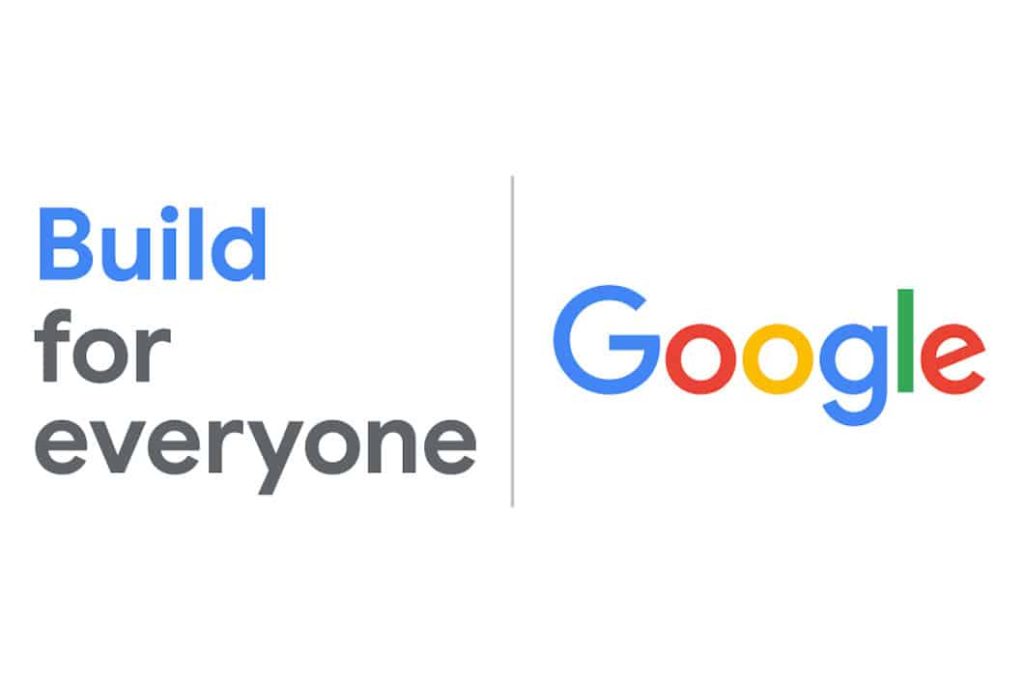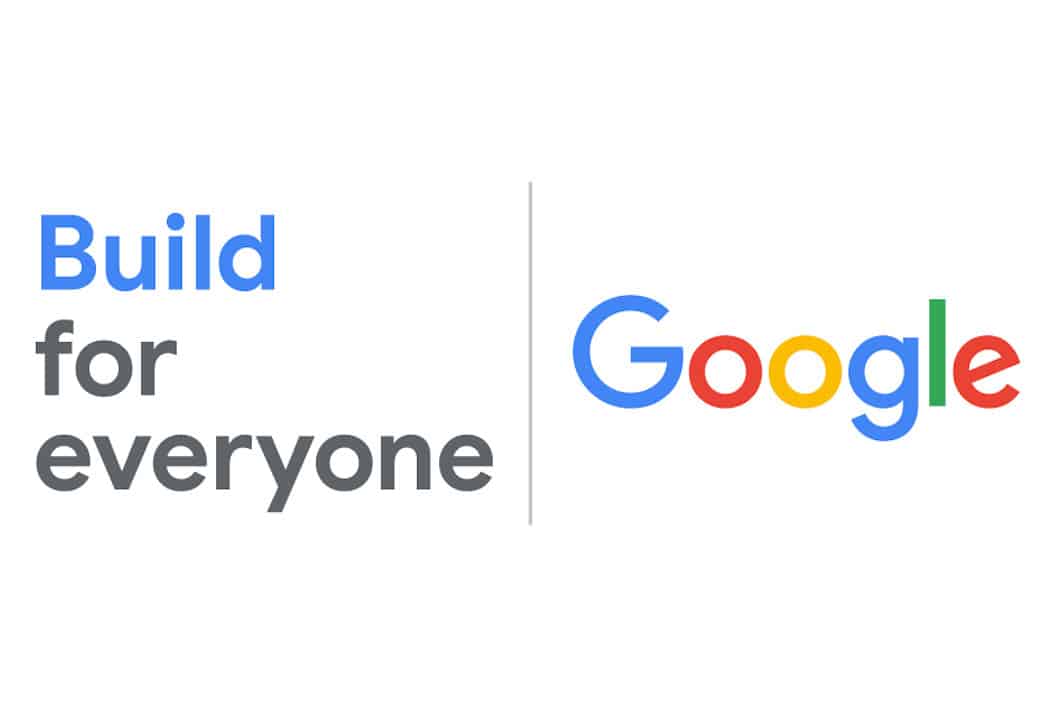
Whether you’re a software engineer, designer, marketer, or strategist, Google has opportunities that fit a wide range of skills and career paths.
In this article, we’ll guide you through the essentials of working at Google: its unique culture, major job categories, detailed benefits, how to apply, and what you can expect from the hiring process.
🏢 About Google
Google was founded in 1998 by two PhD students at Stanford University—Larry Page and Sergey Brin. What started as a simple search engine has grown into one of the most influential technology companies on the planet. From Android to YouTube, from Google Cloud to Google Maps, the company impacts the lives of billions daily.
Today, Google is a subsidiary of Alphabet Inc., and continues to lead in areas like artificial intelligence, digital advertising, cloud computing, and productivity software. Google’s mission—”to organize the world’s information and make it universally accessible and useful”—continues to shape every product and every job role within the company.
🔍 Who Is Google Hiring?
Google hires people from all backgrounds and levels of experience. Whether you’re fresh out of college or an industry veteran, there’s likely a role that fits your interests and expertise.
Main job categories include:
- Software Engineering & AI
Develop scalable, cutting-edge products. Google engineers work on everything from search algorithms to autonomous systems powered by deep learning. - UX Design & Research
Designers and researchers collaborate to ensure products are intuitive and accessible. Creativity and empathy are key in these roles. - Product Management
PMs help define what products Google builds and ensure they get delivered effectively. These roles require both strategic thinking and attention to detail. - Sales, Marketing & Partnerships
If you have a knack for storytelling, digital advertising, or relationship-building, these roles put you at the heart of Google’s growth engine. - IT & Technical Support
Provide world-class tech support internally and externally. These positions are vital in maintaining productivity and innovation. - Operations & Business Strategy
From finance to legal, HR to logistics, Google has robust departments focused on internal excellence and organizational scale.
🌟 Benefits of Working at Google
Google’s benefits are considered among the best in the tech industry—and for good reason. Here’s what you can expect:
💰 Competitive Compensation
Google doesn’t just pay well—it pays competitively across all job levels. Entry-level software engineers, for instance, earn between $120,000 and $160,000 annually, excluding bonuses and stock options[1].
🩺 World-Class Health Coverage
All employees (including interns and part-time staff) receive high-quality health insurance that includes:
- Medical, dental, and vision plans
- Mental health support
- On-site healthcare services in select locations
🧘 Focus on Wellness
Google campuses are known for their wellness-first culture. Employees enjoy:
- Free healthy meals and snacks
- On-site gyms and fitness classes
- Nap pods, massage therapy, and mindfulness rooms
📚 Learning & Career Development
Google is committed to continuous learning. Employees have access to:
- Internal courses and certifications
- Tuition reimbursement for further education
- Mentorship and peer learning opportunities
🏡 Flexible Work & Remote Options
While many roles are still based in offices like Mountain View, New York, and Seattle, Google has expanded hybrid and remote options across departments.
🌱 Work-Life Balance
- Generous paid vacation and holidays
- Paid parental leave (up to 24 weeks in some countries)
- Leave for caregiving and mental health days
- Volunteer time off and donation matching
🚀 Working at Google: Real Impact, Real Purpose
Google employees don’t just write code or attend meetings—they help shape global technologies. Whether it’s improving access to education with Google for Education, developing tools for small businesses via Google Ads, or fighting climate change through carbon-neutral initiatives, Google empowers its team to do meaningful work.
With over 150,000 employees in more than 50 countries, Google’s workplace is one of collaboration, innovation, and diversity.
👣 How to Apply for a Job at Google
Applying to Google isn’t as mysterious as many think. Here’s a step-by-step breakdown:
- Visit the Official Careers Site:
Go to careers.google.com to access all job openings. - Filter by Role and Location:
Use search tools to filter jobs based on department, experience level, and region. - Review Job Descriptions Carefully:
Each job has unique qualifications. Be sure to tailor your resume to highlight relevant skills. - Create a Google Account:
Required for application tracking. It also allows you to save job searches and set alerts. - Submit Your Application:
Include a customized resume and, when required, a cover letter. Google values clarity, relevance, and measurable results. - Follow Up and Track Progress:
Google allows candidates to track their application status via the dashboard. Some may go through up to 4 rounds of interviews (including technical or behavioral assessments).
💡 Pro Tips for Applicants
- Highlight problem-solving skills, not just tasks.
- Quantify achievements: “Improved performance by 30%” > “Worked on backend systems.”
- Showcase innovation and initiative.
- Familiarize yourself with Google’s hiring values like “Googleyness” (humility, collaboration, and drive).
📊 What Makes Google So Selective?
Yes, it’s true—Google’s hiring process is highly competitive. According to estimates from career websites and former employees:
- Fewer than 1% of applicants are hired for some roles
- The average interview process can take 4–8 weeks
- Most engineering roles require live coding assessments or technical interviews
That said, many Google employees were hired without Ivy League degrees or years of experience. What made the difference was preparation, clarity of thought, and a growth mindset.
🌍 Diversity and Inclusion at Google
Google believes in building a workplace that reflects the diversity of the global population. Initiatives include:
- Employee Resource Groups (ERGs) for underrepresented communities
- Bias reduction workshops
- Transparent diversity reports published annually
- Targeted programs for women in tech, veterans, and people with disabilities



